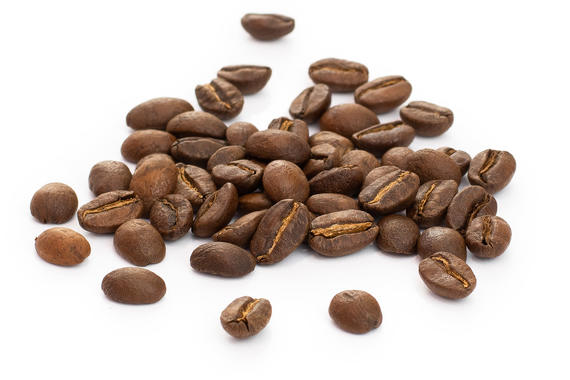cinibeans
CAMEROON AA - COFFEE BEANS
CAMEROON AA - COFFEE BEANS
Couldn't load pickup availability
Crema and the taste of coffee
Cameroon AA is both lush and deep. The flavour is both vibrant with citrus notes and restrained with roasted hazelnut nuances. Together they work wonderfully. The body is soft and creamy, the finish long and sweet. The cup has a very intense fruity aroma.
Origin of coffee
Coffee is an extremely important crop for Cameroon, where it has been grown since the late 19th century, when it was a German colony. Since then, the equatorial country has been growing more and more coffee, but there have been periods when yields have halved, due to poor farming practices, ageing coffee trees, lack of fertiliser and competition from other cash crops such as cocoa. Cameroon now produces and processes around 40 000 tonnes of coffee a year, ranking 20th in the world.
The coffee industry employs hundreds of thousands of people, the vast majority of whom live in rural areas. Both Arabica and Robusta are grown (the latter is more developed in Cameroon). Arabica coffee plantations are mainly in English-speaking areas, while Robusta is harvested by French-speaking farmers. The Oku region, where Cameroon's AA Arabica comes from, covers some 36 villages and is located in the north-west of the country in the mountains, and is therefore relatively cold. Mount Oku, which towers over the region, is the second highest mountain in mainland Central Africa - the volcano rises 3 011 metres above sea level.
Cameroon coffee is harvested from October to March. In Oko, coffee trees are planted at altitudes of between 1 800 and 2 000 metres above sea level, surrounded by banana and orange trees. They provide desirable shade and protection from the wind, and their decomposing leaves provide valuable humus materials. Add to this the fact that the soil is volcanic and therefore rich in minerals, and that the farmers do not use any industrial treatments or fertilisers, and you are sure to get the best quality coffee.
Harvesting is done by hand and farmers use a process called washing. The ripe cherries are first put in water and the defective fruits are removed. The good ones are squeezed in the water with crushing discs to remove the top skin. The remaining sweet paste-coated grains are left to ferment for several hours or days in fermentation vessels filled with water. This dissolves the pulp and loosens the green coffee. It is rinsed again with clean water and finally dried in direct sunlight. During the drying process, the coffee must of course be rotated so that it does not mould. Why is this coffee called AA? Because it has a big bean. And why should you try Cameroon coffee? Because it's nutty, deep, citrusy and fruity. And because Cameroon is becoming a coffee destination that is getting more and more hype. Let the perfect Arabica from the equator enchant you. Place of origin:
Cameroon
Species:
Typica
Countryside:
Oku
Sea level f. m.:
1800 - 2000m
Taste:
Citrus, Nutty
Processing:
Wet instructions for use
Use at least 1.5-2 teaspoons (approx. 7 g) of ground coffee per cup of coffee.Pour the coffee into water at a temperature of approx. 95°C.

